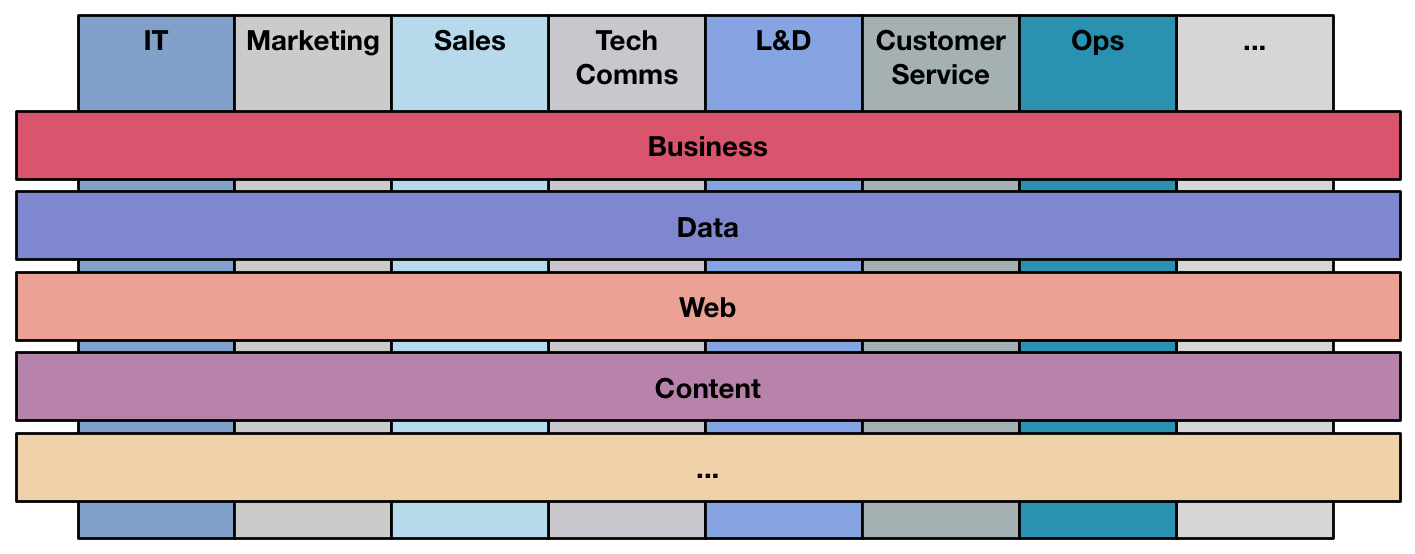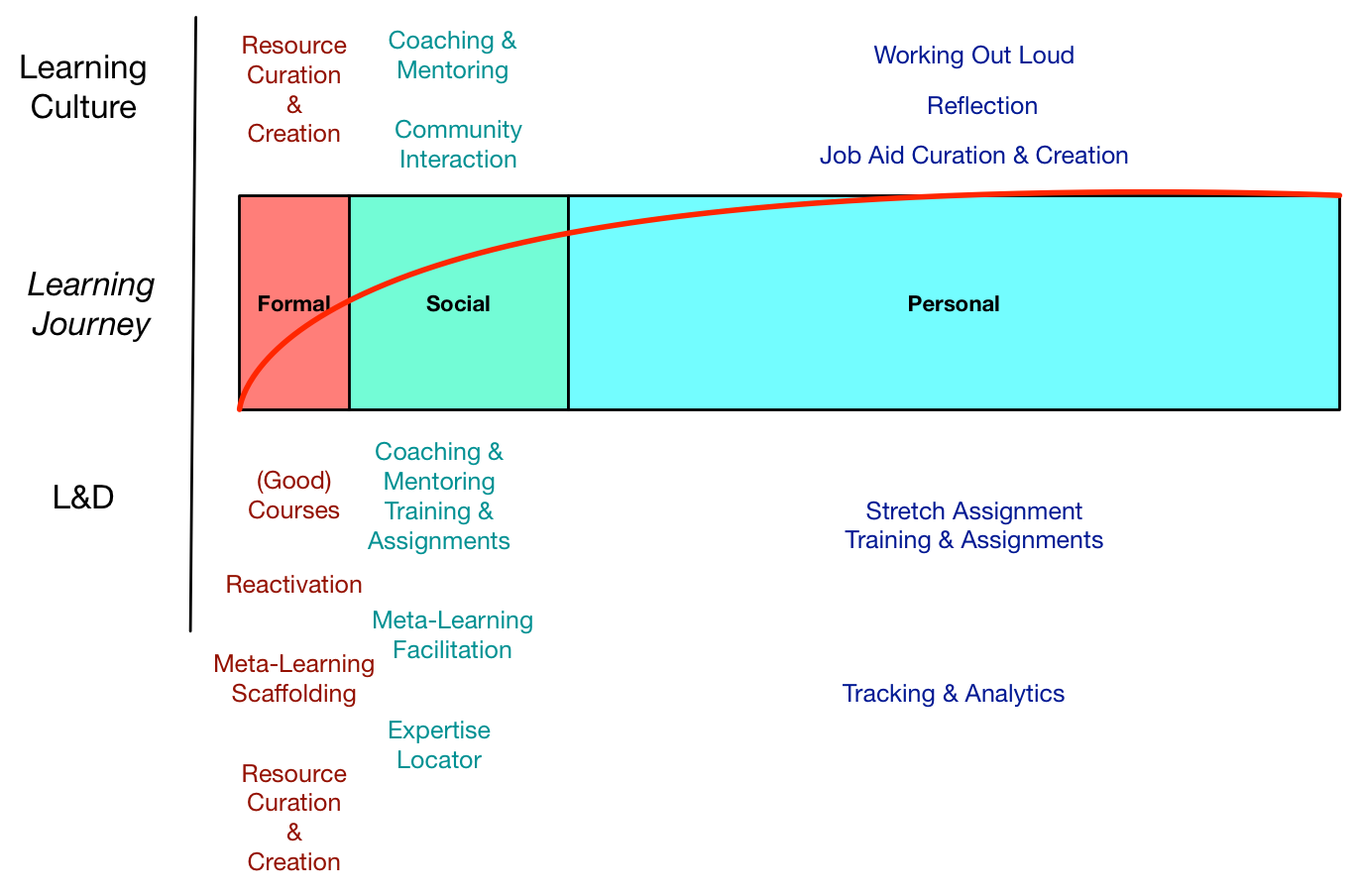As I talk about aligning work with how we brains think, work, and learn, I realize I’m talking about something bigger. While I want L&D to lead the way (as those are the folks I know), it’s really about leading the way to an organization that’s aligned with us, with people. And I think that’s something bigger, and definitely better.
The point being, as we reorganize work to tap into the best of us, we’re creating organizations that are humane in a very specific, and hopefully deep, sense. Humane for all employees, and further.
The industrial era organization, quite simply, wasn’t. The mechanization of human work, the drive for more efficiency at whatever cost, the top-down imposition of rules, and more, are all contrary to what brings out the best in people. It’s demeaning and unhealthy, but even from a business perspective it’s rigid and inflexible.
Instead, when we talk about having work with purpose, and socially aware organizations, with tighter coupling to the market, and greater empowerment of employees, we’re talking about our finer human elements. And, the evidence seems to be that such organizations are more successful.
Interestingly, I searched the term “Human Centered Organization”, and came across this proposal. (And, in fact, it’s now an ISO standard, 27500:2016, not that I’ve made it past the paywall to view the whole thing.) I found the principles from the summary to be a a good starting point:
- capitalize on individual differences as an organizational strength
- make usability and accessibility strategic business objectives
- adopt a total system approach
- ensure health, safety, and well-being are business priorities
- value employees and create a meaningful work environment
- be open and trustworthy
- act in socially responsible ways
All of these reflect different areas I’ve either touted or am aware of specific work (and workers) in the area. I’d add that this should not be just internally-facing; this should reflect work with partners and customers as well.
Frankly, many companies I interact with seem driven to confuse me to the point that I make decisions that favor them. I don’t like that, and try to avoid them. A few organizations, instead, offer simple services with clear benefits. Interestingly, when I engage with the people in the straightforward organizations, they seem to like their employment circumstances. When I can engage one of the others to speak to me honestly, or I know them through other channels than a business relationship, they admit they don’t like what they have to do.
OK, so I can be an idealist (and am a native Californian :), but it seems to me that organizations that move to a more humane approach are going to be the ones that will last. There are known concrete steps to get there, but the path will vary by organization. I suggest that you start thinking about your strategy. Are you ready to get human?


